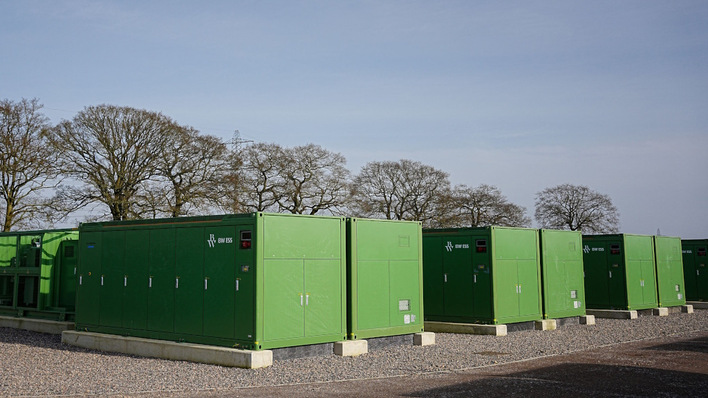The intelligent and coordinated integration of renewable energy projects into power grids is critical for ensuring grid resiliency. Unfortunately, the process of interconnecting these projects is often hindered by disjointed, outdated processes that don’t scale to accommodate modern submission volumes.
Interconnection process optimization—from residential rooftop PV to utility-scale solar and wind—is one of many workflows where PowerClerk is making a difference for utilities according to Clean Power Research. The software enables utilities to unify and optimize processes, making them streamlined and more efficient. Utilities using the software experience shorter turnaround times and backlogs, higher team productivity and stakeholder satisfaction, more transparent project tracking and communication, and more reliable data and reporting, Clean Power Research claims.
The software-as-a-service model delivers continuous enhancements through 40+ releases per year. Recent product innovations aid utilities in adapting to emerging interconnection policies, while also streamlining engineering review and planning processes. The result is accelerated interconnection of renewable energy projects to the grid, Clean Power Research says.
Recent advancements
Cluster study workflow automation : Utilities using the software can now easily define a group of proposed projects—by connection node or other criteria—and initiate a cluster study workflow.
Integration with power engineering software: PowerClerk empowers utilities to develop interconnection workflows that integrate with power engineering software tools such as Eaton’s CYME, EDD’s DEW/ISM, DNV’s Synergi Electric, NREL’s PRECISE and more.
Also interesting: "Grids are the bottleneck in the expansion of renewables"
Connected ecosystem of integration options: The software boasts a connected ecosystem of flexible integration options, including REST APIs, Web Adapters, automated Data Import and automated Reports. This ecosystem facilitates seamless integration with systems such as customer information and billing systems (e.g., SAP, Oracle), CRM software (e.g., Salesforce), GIS (e.g., ESRI’s ArcGIS), work order & asset management (e.g., Maximo) and power engineering software tools.
Did you miss that? More investments necessary to close flexibility gap
Solar simulations and adoption scenarios: SolarAnywhere FleetView uses detailed PV system information collected from PowerClerk interconnection applications combined with SolarAnywhere irradiance data. The output provides utility planners with solar PV system production estimations for proposed and operational PV systems on their grids. (hcn)








